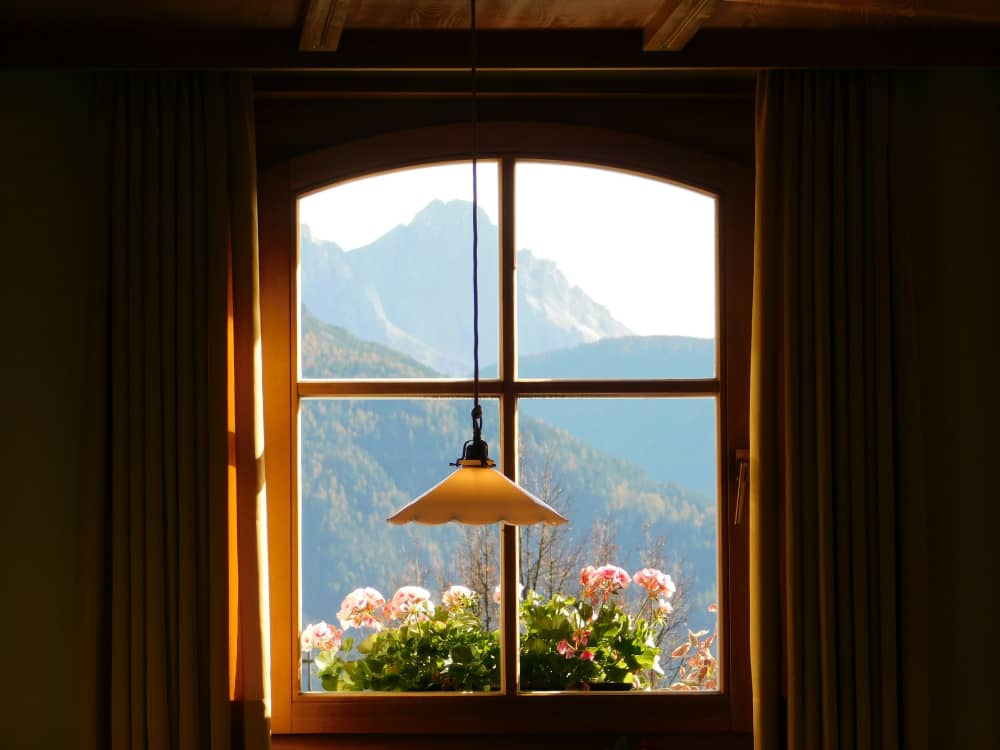Lofts aren’t a modern invention, although they’re hugely popular in modern designs. It has been around since the 1940s, made popular by the needs of artists. Today, anyone can learn how to build a loft. It’s both aesthetic and functional — it adds floor space or storage space by adding another story.
If you lack space in your house, inspect it to see if you can add a loft. The good thing about it is that it suits almost any type of interior design. You can even leave it as is for some rustic look.
Planning to build a loft? Great; check out our tips below before you take on this project.
1. Make Sure Your House Can Accommodate a Loft
First, you have to make sure your house structure is suitable for a loft. It adds extra weight, albeit small, but it’s still an addition. You’ll also bolt the frame into your existing walls, so it’s better to check with a professional first.
You also need to measure the height of your ceiling. The standard height of a loft is about 2.1 m; this is the minimum ceiling height, as well. The area below should have a height of around 2.4 m.
At the least, you should have around 4.7 m of clear space. That also accounts for the size of the flooring and finishes.
If the head height isn’t much of an issue, like when you want to use the loft space for a bed, you could get away with less than the minimum ceiling height.
2. Check with Your Local Laws Before Building
Before building a loft, you must check with the laws and other regulatory bodies first if you’re permitted to build one. You’ll likely need a building permit, so you’ll also need working drawings or plans. Consulting an architect for this will make the process easier.
If you live in a building, you’ll need to see if you can add a floor area to your unit. The building’s permissible floor area might present an obstacle to your project.
Some people get away with building a loft by calling it a storage loft. It doesn’t add to your floor area that way since it’s not a living space.
Some issues might arise when you plan to resell, and you didn’t have the necessary permit for a DIY loft. Make sure to have this covered before you build anything that adds to the structure of your home.
3. Plan the Loft Structure
Once you’re sure you can build a loft, you can go ahead and start planning. Find the best space for it, making sure it won’t block doorways and such.
Then, take measurements of the space; you’ll need these when buying lumber. Account for the height, flooring, joists, railings, and the space for the stairs.
Planning isn’t that hard, but you must at least have a basic knowledge of how to build a loft. You’ll need to account for the weight and such to ensure it stands firm. Consult an architect if you aren’t sure how to go about this.
4. Prepare Your Materials and Tools
To make the project go smoothly, prepare everything you need beforehand. Check your plan to know how much wood you need and what types. You’ll likely need 4×4 for the posts and beams, 2×6 for joists, and plywood for the flooring, among others.
Have them cut in the shop or cut the wood yourself if you have the tools. Make sure you have enough; refer to your plan and double-check before starting the project.
As for the tools and materials, you’ll only need the basic ones. You need a power drill, nail gun, joist hangers, measuring tape, bolts, washers, nuts, and such.
Having everything ready will ensure you finish the project in one day.
5. Consider the Loft Ladder/Stairs
You’ll have to decide how you want to access the loft. Will you be using a ladder, or do you want to build stairs?
You’ll have to take note of the space you have left. A ladder is more money- and space-saving, but a staircase is more convenient and safer.
If you decide on making a ladder, check out this loft ladder guide. For safety reasons, make sure kids won’t be using it.
If you opt for the staircase route, keep in mind that the steps should be at least .80 m in length and .30 m in width. Note that you’ll need railings for the staircase, too.
6. Reclaim Lost Storage Space
When building a loft, you’ll gain space, but you’ll lose some. You’ll lose space to the ladder or stairs, the beams, and the whole structure.
However, it’s an excellent way to add more storage space to your needs. You can put shelves along the walls and support. It is also an excellent way to incorporate the beams into the design, so they don’t look out of place.
In the loft area, you can also put a walk-in closet or the likes if you have space. Of course, the area below can be the walk-in closet. But, if you have another idea for it, you can put your wardrobe above.
7. Don’t Be Afraid to Over-Engineer
Learning how to make a loft is easy; you can even make it in a day with only a basic grasp of building. However, it still poses some risks, especially since you’re making it into a habitable area.
You have to make sure the loft can support the weight of multiple people and furniture. Don’t be afraid to overthink and over-engineer it; the safety and security of the structure rely on your careful planning.
Learn More About How to Build a Loft
Learning how to build a loft doesn’t require much; you only need the materials, the tools, and a bit of your time. As long as you follow your plan and some basic safety protocols, you’ll have extra floor space in no time.
Get help from your friends and finish in half a day. For more tips, check out our blog posts today. We cover all sorts of home improvement and lifestyle guides!













Leave a Reply